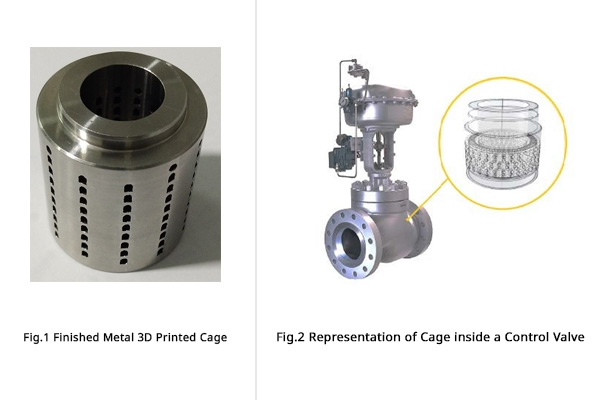How to Choose the Best Parts for LPBF Printing?
Laser Powder Bed Fusion (LPBF) is a metal 3D printing technology that can create
complex & high-performance parts for various applications. However, LPBF is NOT a
one-size-fits-all solution for every part and every industry!
Beware - some parts may be more suitable for LPBF than others, depending on
factors such as geometry, material, function, quality, and cost.
What are the benefits of LPBF Printing?
1. Design Freedom
LPBF printing can create parts with complex shapes, internal features, lattice
structures, and topology optimization that are difficult or impossible to
produce with conventional manufacturing methods! This opens a world of:
- New Functionalities
- Improved Performance
- Reduced Weight and
- Material Usage
3. Part Consolidation
LPBF printing can create parts with integrated or reduced components that
eliminate the need for assembly, welding, or fastening. This can:
- Reduce Part Count
- Simplify Supply Chain
- Enhance Reliability
- Increase Durability
4. Customization
LPBF printing can create parts with personalized features that meet the
specific needs or preferences of the end users. This can enable:
- Mass Customization
- On-demand Production
- Customer Satisfaction
How to choose the best parts for LPBF printing?
To choose the best parts for LPBF printing, it is important to consider the following
factors:
1. Geometry
The geometry of the part affects its printability and quality in LPBF printing. Parts
that are more suitable for LPBF printing are those with:
- Complex Shapes
- Internal Features
- Lattice Structures, or
- Topology Optimization
than those with simple shapes or external features. Parts with overhangs,
bridges, hollows, or thin walls may require support structures or special process
parameters to avoid distortion or defects in LPBF printing.
2. Material
The material of the part affects its availability and cost in LPBF printing. Parts
with materials that are compatible with LPBF printing are more suitable than
parts with materials that are incompatible or unavailable. Parts with materials
that have high melting point, low thermal conductivity, high thermal expansion
coefficient, or high viscosity may require higher laser power or lower scan speed
to achieve full melting or avoid balling in LPBF printing.
3. Function
The function of the part affects its performance and quality requirements in LPBF
printing. Parts with critical functions that require:
- High Strength
- Stiffness
- Fatigue Resistance
- Corrosion Resistance, or
- Wear Resistance
are more suitable for LPBF printing than parts with non-critical functions that
require low strength, flexibility, ductility, or aesthetics. Parts with critical
functions may also require higher density, lower porosity, lower roughness, or
higher accuracy in LPBF printing.
4. Quality
The quality of the part affects its acceptance criteria and inspection methods in
LPBF printing. Parts with high quality standards that require strict dimensional
accuracy, surface quality, mechanical properties, or functionality are more
suitable for LPBF printing than parts with low quality standards that require
loose dimensional accuracy, surface quality, mechanical properties, or
functionality. Parts with high quality standards may also require more post-processing steps such as heat treatment, surface finishing, machining, or testing
in LPBF printing.
5. Cost
The cost of the part affects its profitability and feasibility in LPBF printing. Parts
with high value-added features that justify the high investment and running costs
of LPBF printing are more suitable than parts with low value-added features that
do not justify the high investment and running costs of LPBF printing. Parts with
high value-added features may include:
- Complex Geometries
- Customized Features
- Integrated Components, or
- Improved Performance in LPBF printing

Choose parts wisely with Intech’s custom software!
Intech’s in-house software can analyse a portfolio of manufactured parts and
recommend a list with which to begin your Additive Manufacturing journey.
Intech’s end to end expertise ensures that we provide first time right support from
part identification to designing a part.
If you are interested in learning more about how to choose the best parts for LPBF
printing, contact us today on marketing@intechadditive.com.
I hope this blog post has helped you understand how to identify the right set of parts
to begin your additive journey!
Happy Printing!


